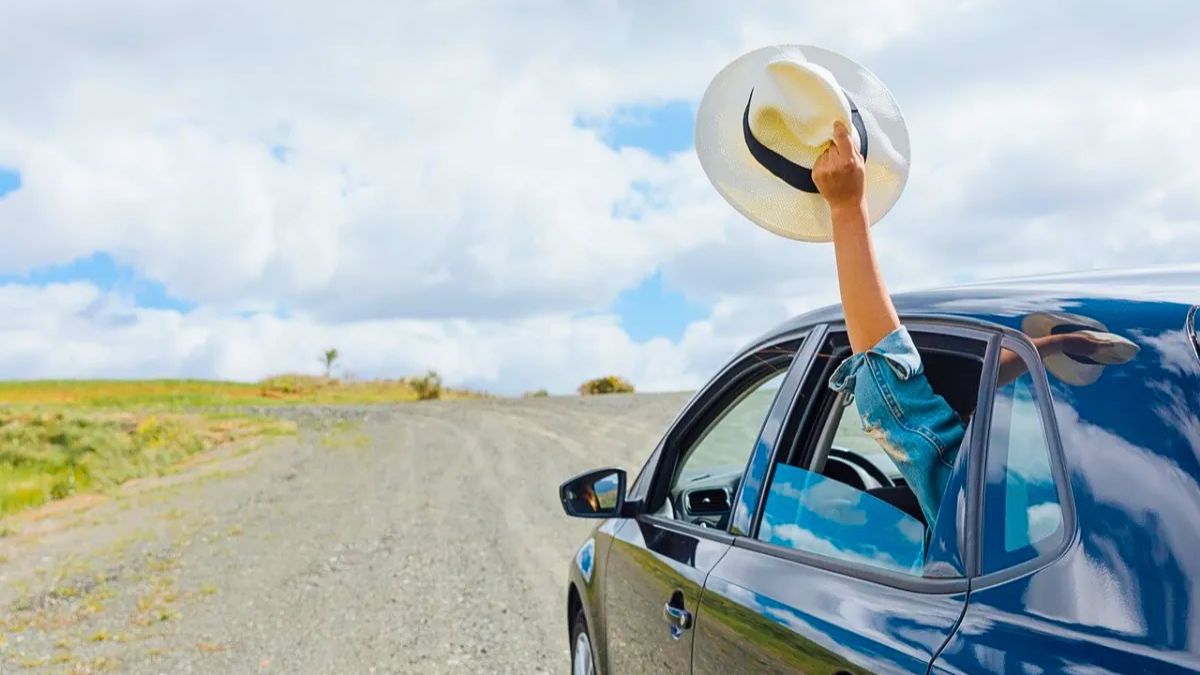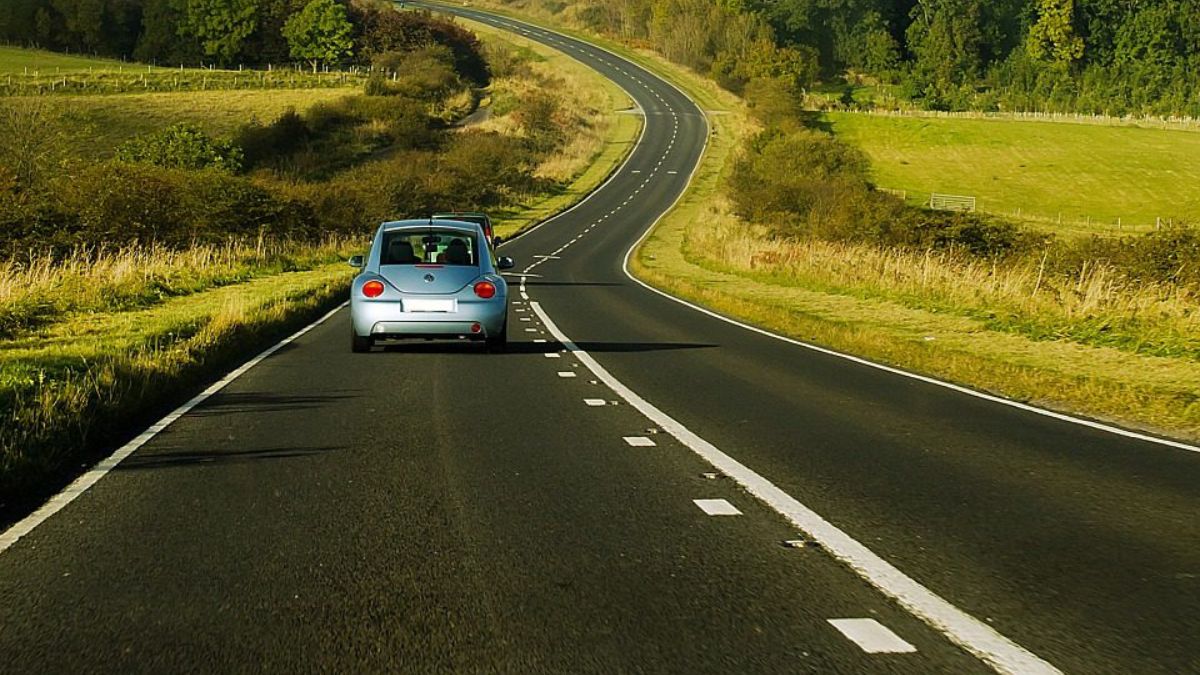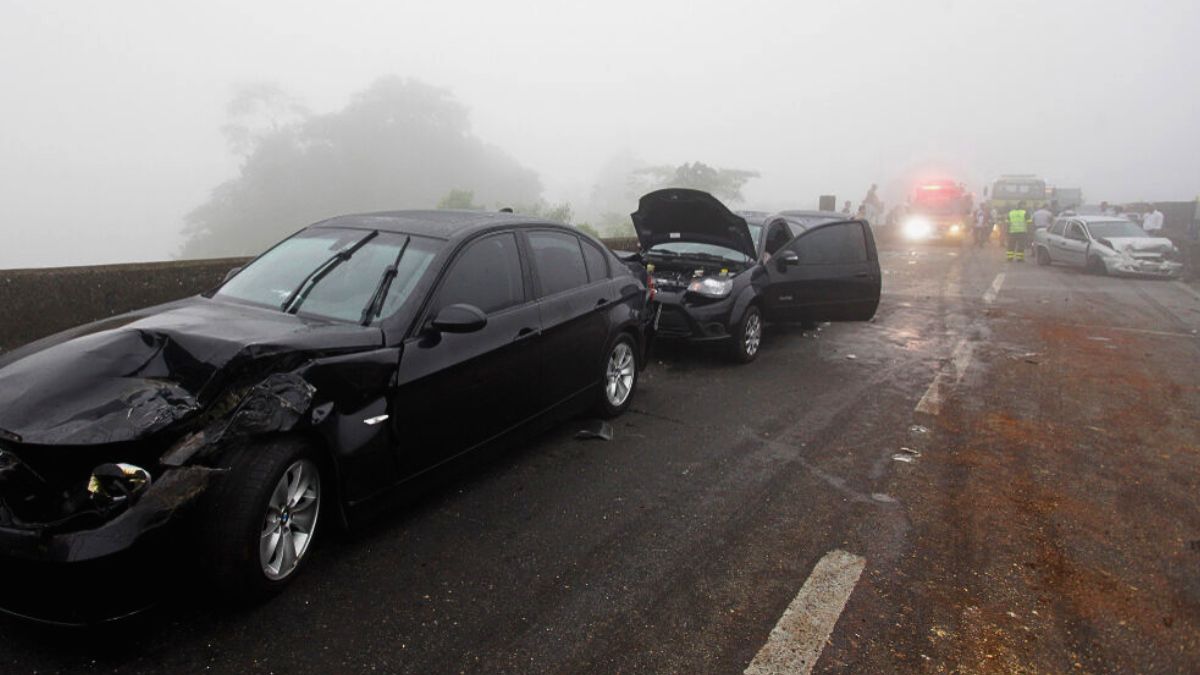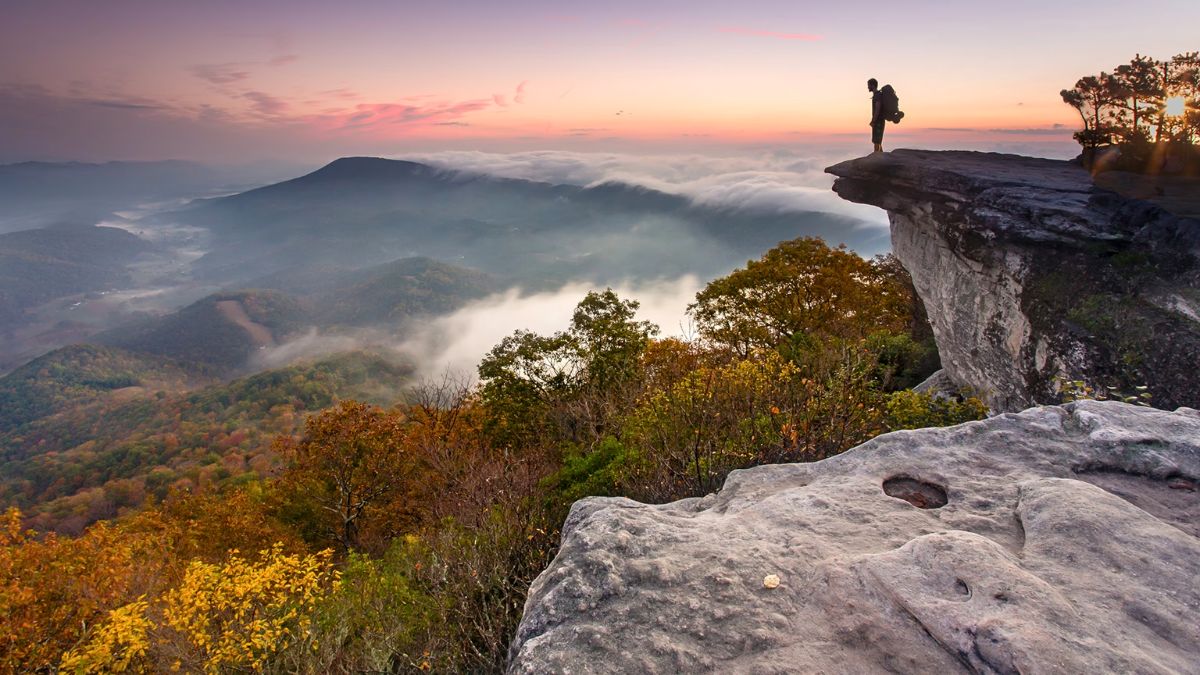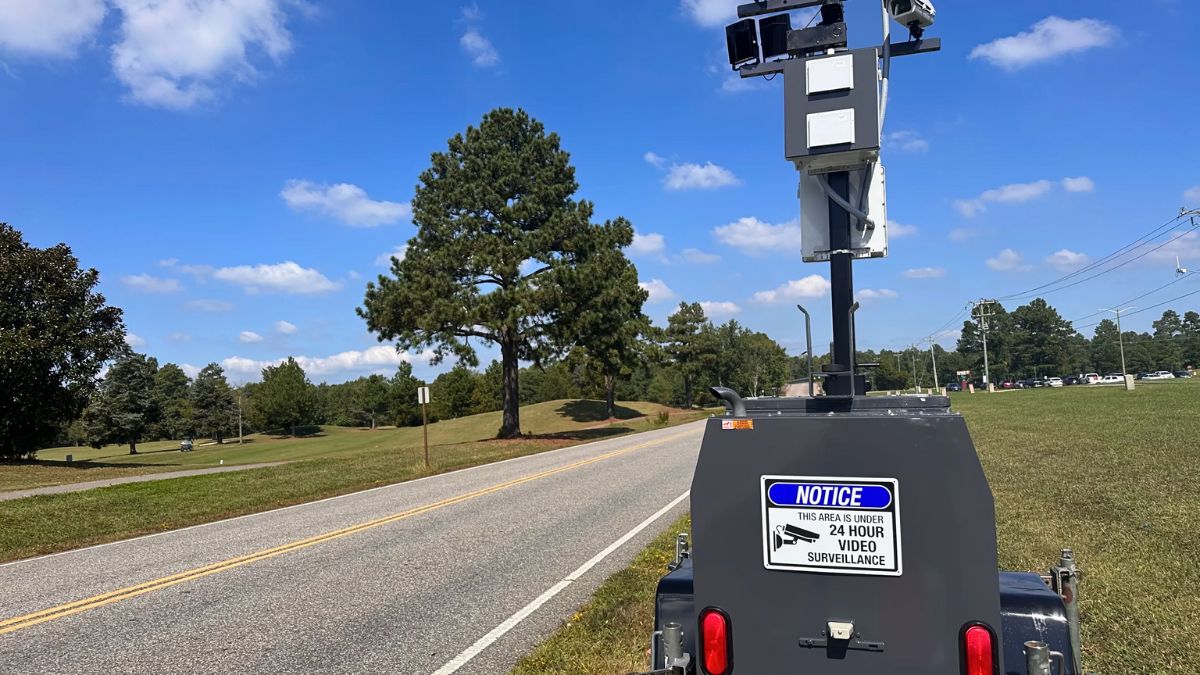Planning a road trip sounds fun—windows down, snacks packed, playlist queued. But nothing kills the vibe faster than bumper-to-bumper traffic for hours. If you’ve ever spent your vacation stuck behind red brake lights, you’re not alone. The good news? With the right planning, you can seriously cut down your time in traffic and spend more time enjoying the journey.
Let’s break down the smartest ways to plan a road trip that dodges the worst of the traffic chaos.
Timing
Timing is everything. You don’t want to hit the road just because it’s convenient—you want to be strategic. Avoid driving out during rush hour, typically between 7–9 a.m. and 4–6 p.m. on weekdays. If possible, start your trip early in the morning on a weekend, especially Saturday.
Also, pay attention to holiday weekends. Leaving the day before a major holiday, like July 3rd before Independence Day, is a recipe for gridlock. Shift your travel by a day earlier or later when you can.
Routes
Don’t just trust the default GPS route. Tools like Google Maps and Waze can show real-time traffic, but they also suggest alternate paths. It’s worth exploring scenic backroads or lesser-known highways—they often have fewer vehicles and better views.
When planning your route, check for road closures, construction zones, and accident-prone areas. The U.S. Department of Transportation and state DOT websites usually provide updates.
Apps
Traffic apps are your best friend. Here’s a quick breakdown:
| App | Best For | Key Feature |
|---|---|---|
| Waze | Avoiding real-time traffic jams | User-reported road conditions |
| Google Maps | Planning ahead | Alternate routes & traffic forecast |
| INRIX | Long-range traffic forecasts | Predicts traffic based on history |
Use these apps before and during your trip. They’ll adjust your route in real time if there’s a delay ahead.
Days
Yes, the day you choose matters. Here’s a quick guide:
| Day | Traffic Level | Notes |
|---|---|---|
| Monday | Moderate | Morning rush in cities |
| Tuesday | Light | Good for long-distance drives |
| Wednesday | Light | Midweek = fewer travelers |
| Thursday | Moderate | Start of weekend traffic |
| Friday | Heavy | Worst afternoon traffic |
| Saturday | Moderate | Best if you leave early |
| Sunday | Light | Great for return trips |
Planning your departure on a Tuesday or Wednesday? You’re golden.
Weather
Nothing slows down a trip like a sudden storm. Always check the weather forecast along your entire route. Use apps like AccuWeather or The Weather Channel to anticipate issues like heavy rain, snow, or high winds. Bad weather not only delays travel but also increases the risk of accidents.
Flexibility
Leave room in your plan for detours. Sometimes, traffic happens no matter how well you prepare. Keep your plans loose. If you see red lines on the map ahead, take that unexpected turn to explore a small town, grab a bite, or stretch your legs.
Having a flexible mindset can turn a frustrating delay into a spontaneous adventure. After all, isn’t that what road trips are really about?
There’s no guaranteed way to avoid traffic 100%, but by choosing the right time, route, and tools, you can keep things moving smoothly. The open road is waiting—just don’t let traffic slow your roll.
FAQs
What day is best to start a road trip?
Tuesday or Wednesday usually have the lightest traffic.
When should I avoid driving?
Avoid rush hours and major holiday eves.
Which app helps avoid traffic best?
Waze is great for real-time traffic updates.
Does weather affect road trip traffic?
Yes, storms and snow slow traffic and cause delays.
Should I plan alternate routes?
Yes, always have a backup plan ready.
